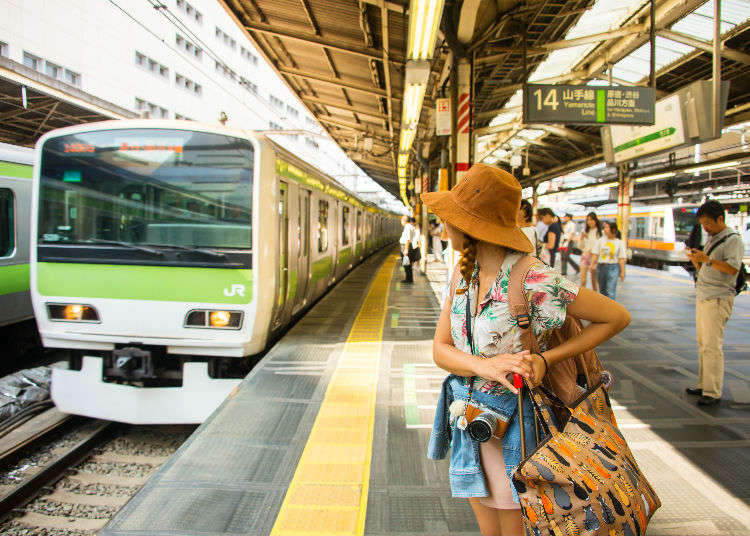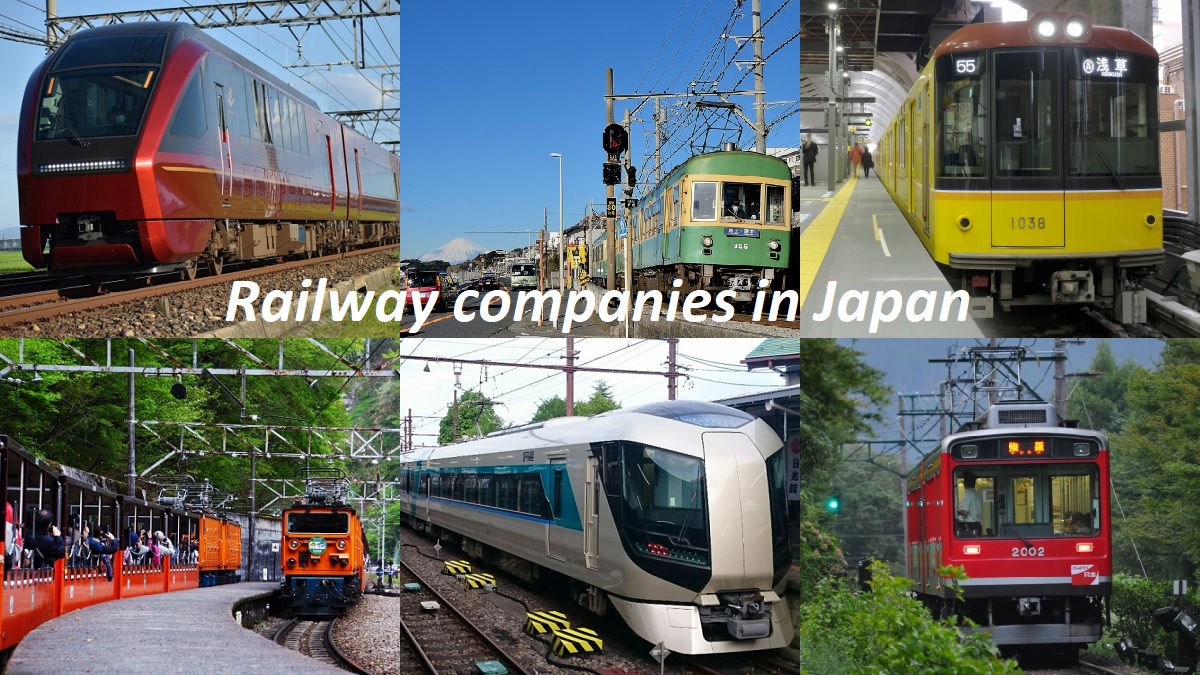Watching to many YouTube videos on trains, I dreamed of stepping into a Japanese train station. I stepped off the train in Shinjuku, expecting a simple transport hub, and instead, I walked into a universe. There were department stores, dozens of restaurants, a hotel lobby, and thousands of people seamlessly flowing from the platforms into this vibrant city-within-a-city. I wasn't just at a station; I was at a destination.
This wasn't a fluke. I’ve since learned that what I experienced is the result of a brilliantly executed urban model called Transit Oriented Development (TOD). But Japan’s version is so much more advanced and integrated than what we typically see elsewhere. Let me break down why I think it's nothing short of genius.
It’s All About the "Eki" (But Not Just the Train)
 |
| Japanese Train Station |
In Japan, the station, or eki, is the undisputed heart of the community. We think of stations as places we want to leave as quickly as possible. In Japan, it’s the place everyone goes to.
Think about your average town square or main street. Now, imagine that central hub is also your train station, your shopping mall, your office building, your cinema, and your government office—all stacked vertically and connected seamlessly. That’s the Japanese eki. It’s the default meeting point, the errand-running center, and the commuter pathway, all rolled into one. This creates a 24/7 buzz that makes these areas feel alive and incredibly safe.
The Secret Sauce: The Railway as a Real Estate Mogul
 |
| Japanese Railway Companies |
Here’s the part that blew my mind and what truly sets the Japanese model apart. The big private railway companies—like Tokyu or Hankyu—aren’t just in the business of moving people. They are massive real estate and retail conglomerates.
Their business model is a masterclass in long-term thinking:
1. Step 1: Build a railway line out to the undeveloped suburbs.
2. Step 2: Develop those suburbs with housing, schools, and parks (which they also often build).
3. Step 3: Create irresistible destinations along the line and at the terminal stations - think massive department stores, cultural venues, and amusement parks—to give people a reason to ride.
4. Step 4: Profit from the entire ecosystem: train fares, real estate sales, and retail rent.
It’s a virtuous cycle. The railway creates valuable real estate, and the valuable real estate creates loyal railway customers. They don't just sell you a train ticket; they build the world you live, work, and play in. It’s a completely different mindset.
A Lesson in Seamlessness and "Stacking"
 |
| Depa-Chika |
One thing I immediately appreciated was the sheer convenience. Japanese TOD is masterful at using vertical space. You have:
Underground: The train platforms and a sprawling network of concourses filled with shops (the famous depa-chika food halls are down here!).
Ground Level: The main ticketing gates, bus loops, and taxi stands.
Above Ground: A multi-story complex of retail, offices, and public facilities, often directly linked to skyscrapers.
You can live, work, shop, and travel for weeks in some of these complexes without ever needing an umbrella. It completely redefines the concept of "walkability."
Why It Works So Well (And What We Can Learn)
The outcomes of this model are undeniable:
Convenience is King: Using public transit isn't a sacrifice; it's the easiest option. This leads to incredibly high ridership.
Cities for People, Not Cars: The immediate areas around stations are pedestrian paradises. Cars are secondary, and it shows in the clean, vibrant, and human-scaled streets.
Financial Smarts: The railways are profitable, resilient businesses because they aren't reliant on fares alone. This financial stability means the system is well-maintained and constantly improving.
So, the next time you're rushing through a train station back home, imagine what it could be. Imagine if it was the vibrant, multi-purpose heart of your community. Japan hasn't just built a transit system; it has built a blueprint for how to create efficient, sustainable, and livable cities. For me, it’s a model the rest of the world is still struggling to catch up with.
Disclaimer: The author used DeepSeek for research and development assistance in the creation of this blog post. The core ideas and personal experiences are the author's own.
No comments:
Post a Comment